The great growing gardens: A peek into CVHS’s garden bed team
The garden bed team poses with their hard work. From left to right, Katherine Rubio, Giselle Macedo, Brandon Ramirez, Jonathon Hernandez, Nathanael Perez and Emiliano Portilla.
On Jan. 9, senior Katherine Rubio strode into her Wildlife class holding two humongous heads of broccoli. Upon initial sight, one would assume that the greens were store-bought; however, they were grown right outside the classrooms. Between millions of deep green buds poking through various stems hides the key to CVHS’s lively plant space in the courtyard: the garden bed team. With their latest harvest being broccoli, this team is already halfway through tackling the produce section at Whole Foods.
The profuse, vibrant garden beds in the courtyard didn’t simply materialize overnight. The garden beds have been a result of the efforts of Carnegie’s Wildlife class — specifically, the garden bed group.
The garden bed team consists of six seniors: Jonathon Hernandez, Giselle Macedo, Nathanael Perez, Emiliano Portilla, Brandon Ramirez and Katherine Rubio. This team is a small yet hard-working group that is working toward a greener CVHS. Their process has been a long journey, but their proliferating plants and hefty harvests are sheer proof of the fruits of their labor.
Wildlife is only offered to seniors, and to the group, it seemed like a relatively easy class that enticed them to enroll in it. However, before enrolling, they didn’t fully recognize the impact they would make on the school’s environment.
“I think it is like the most chill class I have that isn’t PE,” Hernandez said.
The garden beds that CVHS knows today looked incredibly different at the beginning of the year. Before displaying an impressive array of plants, there wasn’t much to look at in the garden beds… except an abundance of weeds. Within the garden beds, the weed ratio overwhelmed the soil ratio, which marked the beginning of their year-long, arduous process.
“It was fully grown with weeds, and it took three or two weeks to take everything out of the beds,” Portilla said.
They weren’t always known as the garden bed team. When the seniors first entered Wildlife, they were presented with a variety of group choices that ranged from the art car to the sky prairie. Most of the members were familiar with gardening due to their families’ growing their own plants, which drew them to the group in charge of transforming CVHS’s garden beds.
“My grandma has a garden and over the summer I go and help her. We just garden together,” Macedo said.
Despite their familiarity with the activity, they were forced to start from scratch, which proved to be a grueling feat, from pulling out the many weeds to planning out the types of plants that they would grow in the Texas environment. On top of that, most of the members were unfamiliar with each other, but they would have to collaborate in order to succeed.
“I feel like it was a group effort in learning how to grow things and take risks. At the beginning, we didn’t really know how to do anything. Like, ‘Do we just put the seeds in?’” Rubio said.
And they did succeed in mid-November, with their first harvest being vibrant-red radishes. With the help of YouTube videos and teamwork, they were able to experience excitement as their plans came to fruition. They divided tasks among themselves and planned out what they would grow during the fall, which included lettuce, broccoli, spinach and chili pequins. Soon, the number of weeds decreased and were replaced by vibrant green, proliferating plants that poked out of their beds.
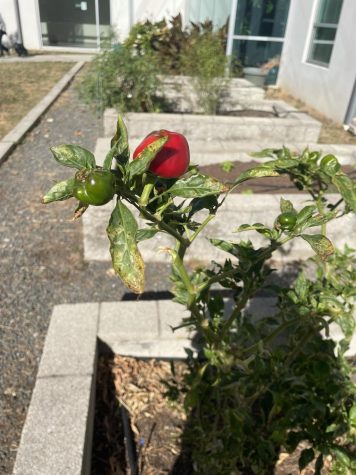
(Photo courtesy of Katherine Rubio)
“The chili pequins were my favorite. I saw some of the admin and the staff sitting there picking the chili pequins and eating them with their food. That’s exactly what we wanted,” Hernandez said.
During winter break, the plants battled against the extreme weather and sadly lost against the cold.
“It was heartbreaking, coming back and seeing everything dead,” Rubio said.
Left with a blank slate once again, the students could only pick up their heads and go straight back to the drawing boards. The first thing they had to do was address their losses: their beloved chili pequins, carrots and cherry tomatoes. Almost all their work was eliminated by the freeze, but it wasn’t only the forces of nature that brought them two steps back.
“During the winter break, when we came back, we had planted a barbados bush and [landscapers] chopped it off,” Perez said.
A series of miscommunications, tools breaking and plants being uprooted from their homes proved to be the major challenges the garden bed team faced with the new year. Reminded by the sense of happiness they felt when harvesting their mature plants, they wasted no time taking a step forward.
“We replanted and looked at things that would do better with this season. That includes a lot of different kinds of herbs like tarragon and rosemary. We planted sweet basil, lavender, oregano and cilantro,” Rubio said.
By growing an herb garden, the team hopes to create a communal space where they can broaden their influence among students and faculty. Not only would the plant beds be contributing to Carnegie’s landscape, but it would also serve its community. As of now, the plant capturing their full attention is a common fruit everyone knows and loves: strawberries.
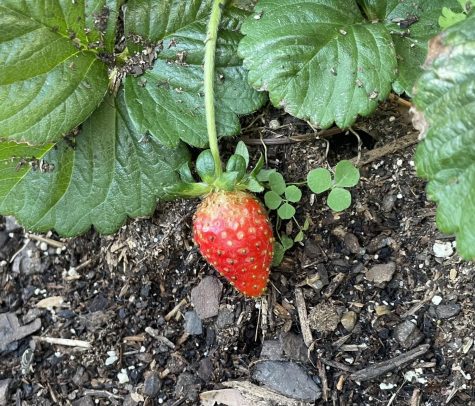
“We had a problem where the weeds were getting all over the strawberries, so we had to keep [de-weeding] daily,” Perez said.
Even though the upkeep has been tedious, the team unanimously agreed that the best-tasting plant they’ve grown has been the strawberries. Other than tending to the garden beds, the students have been planning to solve the challenging flooding issue at the walkway near their workspace.
“We still need the soil and the gravel to fix this water problem,” Ramirez said.
When fulfilling their goals, the one aspect that never lacks is their resilience as a team. Despite each individual joining solely for the easy grade, attending the class has transcended into a more meaningful role. Not only does each student enjoy the class, but they have also created a lasting impact on the school’s lively atmosphere through the simple growth of plants. With their newly green-turned thumbs, the team has one piece of advice for gardening novices.
Your donation will support the student journalists of Carnegie Vanguard High School. Your contribution will allow us to cover our annual website hosting costs and fund field trips, competition fees, and equipment. We appreciate your support!

Bao is a senior at CVHS and a new staff writer for the Upstream News. She loves Studio Ghibli movies, such as Princess Mononoke and Kiki’s Delivery Service....

Nina Nguyen connects with the color orange on an emotional level and goes to a great extent to make it her whole personality. When it comes to music, Nina...

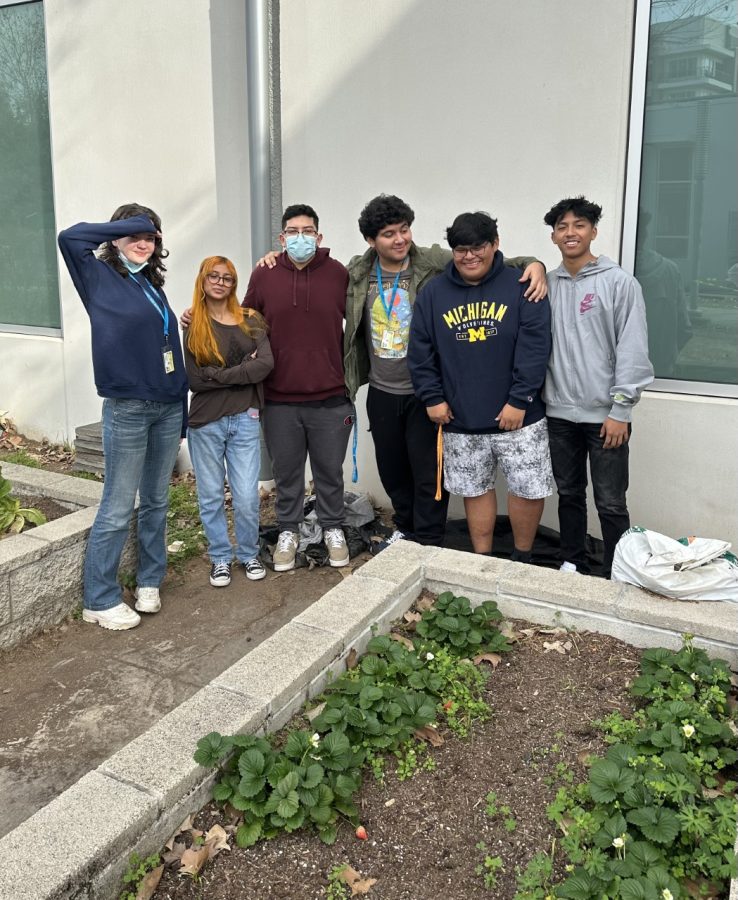
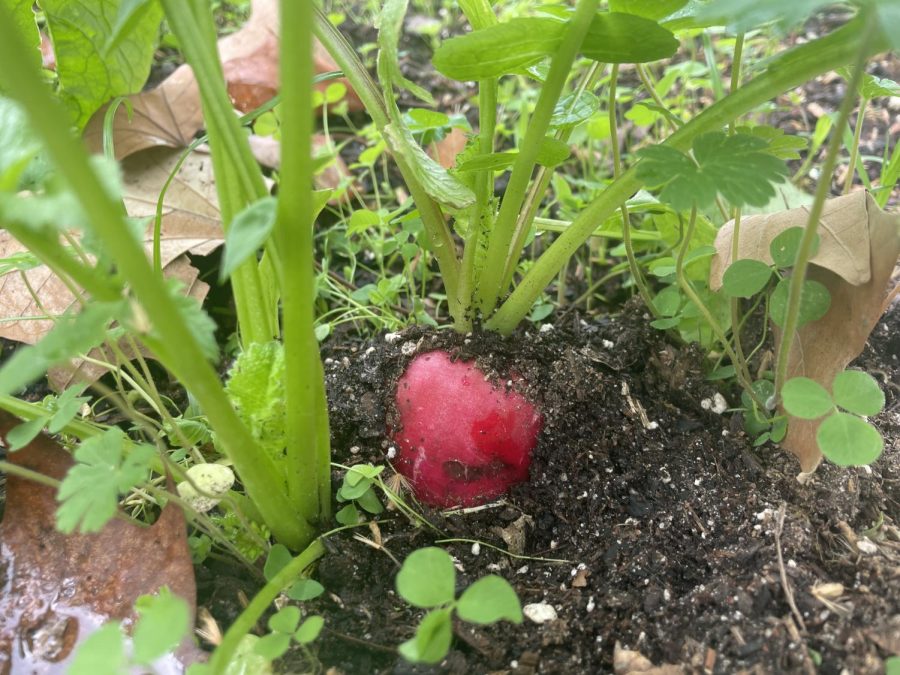
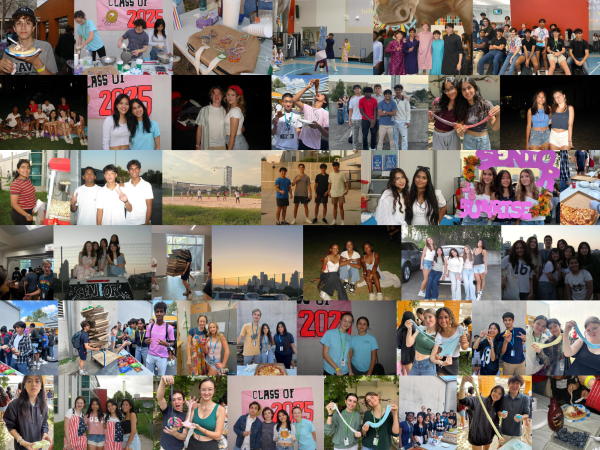
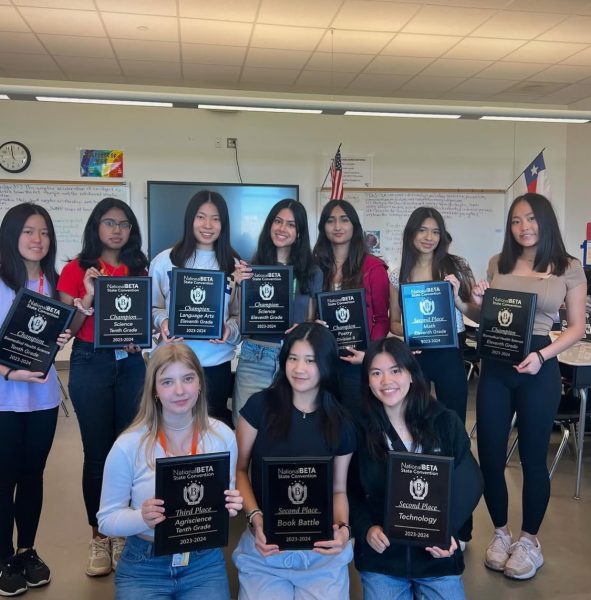



Jingyuan Fan • Feb 17, 2023 at 4:08 pm
Very well written story about the highs and lows of such an interesting class whose work is literally hidden between the bushes.